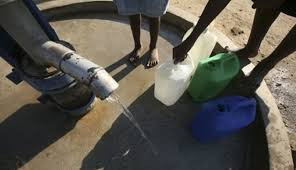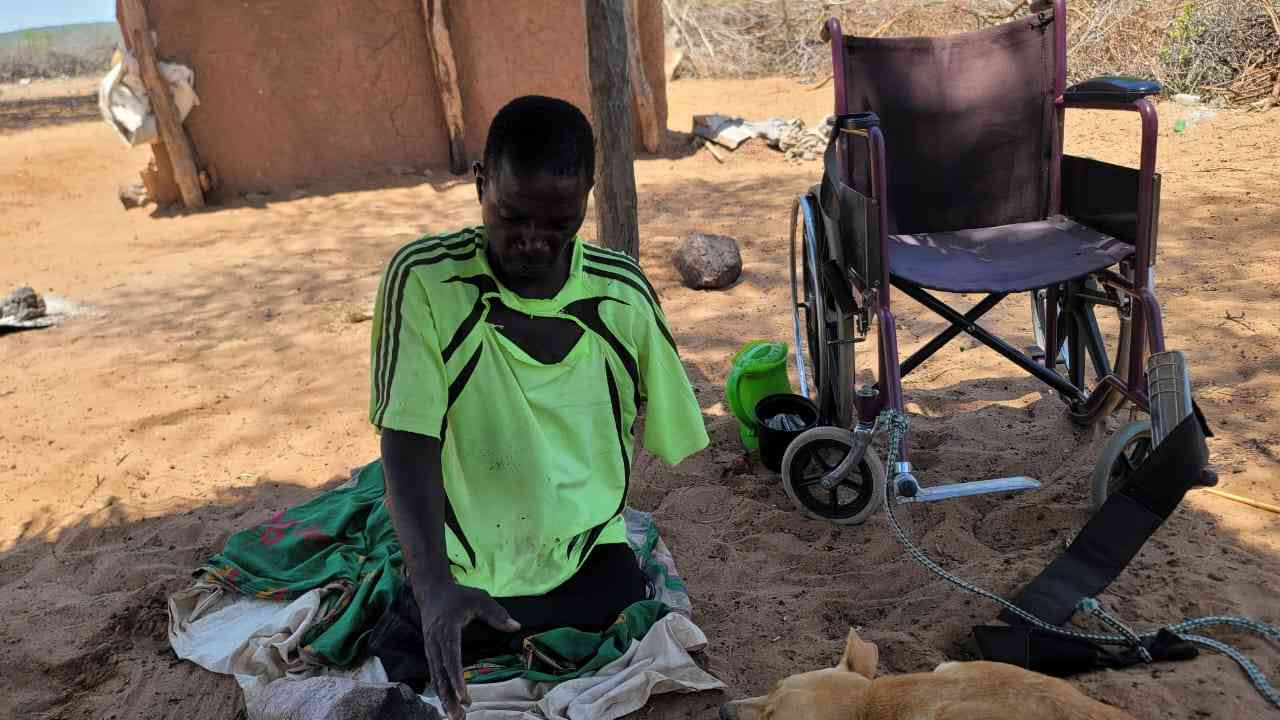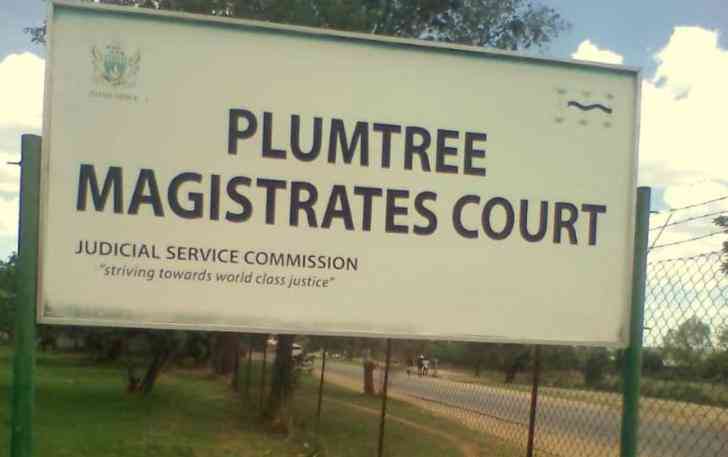
TSHOLOTSHO business centre and surrounding townships have been hard hit by water shortages amid reports that its supply dam is almost dry, with power outages affecting pumping.
Residents expressed fears of outbreaks of waterborne diseases, while business owners said the water crisis was piling pressure on the cost of running businesses.
Tsholotsho Rural District Council chief executive officer Nkululeko Sibanda confirmed the water crisis saying the situation was dire.
He said water in the area was only pumped when there was electricity.
“It has been suggested that as a stop-gap measure, there is a need for a diesel engine. Furthermore, there are constant breakdowns, yet their [Zesa] recovery teams are not locally based,” he said.
Zimbabwe National Water Authority (Zinwa) spokesperson Marjorie Munyonga said the water challenges could be traced to dwindling levels at the main water source, Gwayi River.
“The water levels are now so low that the pumps used to extract raw water from the river are now pumping very little water and Zinwa is now relying on one borehole to supply Tsholotsho,” she said.
“Two other boreholes are down and cannot be used as a result of very low water levels.”
- Villagers to launch seed bank
- Rapists prey on Zibalongwe pupils
- Youths take on MPs over sexual health
- We’re being persecuted for giving girls a voice
Keep Reading
Consequently, Zinwa is pumping an average of 127 cubic metres of water per day against a demand of 1 162 cubic metres.
Munyonga said Zinwa technical teams were working on installing pumps directly on the riverbed to ease the crisis in the area.
Tsholotsho receives very little rainfall and the El Niño-induced drought has left communities facing starvation.
Tsholotsho remains underdeveloped with few schools and clinics, poor roads and other infrastructure and an unreliable telecommunications network.









